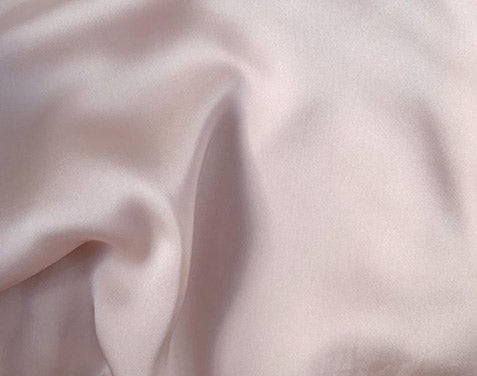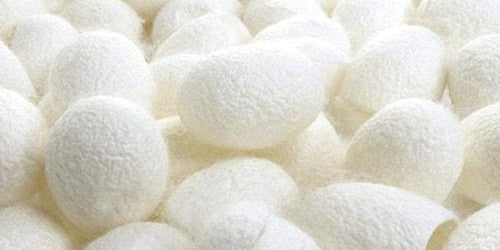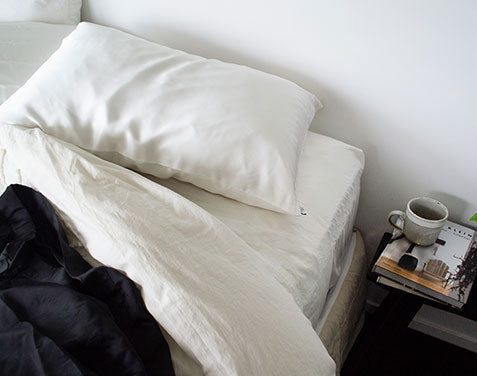Why does silk costs more than satin?

Silk is a natural animal fibre and has a higher cost of production due to the labour intense process.
Since ancient times, silk has been known as a luxurious product. Mulberry silk is considered the highest quality silk available for purchase.
Made from the silkworm of the Bombyx mori moth, Mulberry Silk is domestically farmed and only feed leaves from purposely grown mulberry trees. To produce 1 kg of silk, 104kg of mulberry leaves must be eaten by 300 silkworms.
Mulberry silk is breathable, temperature regulating, biodegradable, hypoallergenic along with many other health and beauty benefits. See more on the benefits of silk.
//
Satin is often referred to as a fibre, but it is actually a type of weave. The satin weave can be used on a variety of different fibres. Most commonly used is polyester.
Polyester is a man made fibre, derived from a chemical reaction involving petroleum, air, and water. It has a lower production cost as it is less labour intensive to produce compared to silk.
The polyester fibre is not breathable, not considered sustainable, nor is it biodegradable.
Although satin and silk look similar, polyester satin is a synthetic fabric which lacks many of the health benefits of silk.


